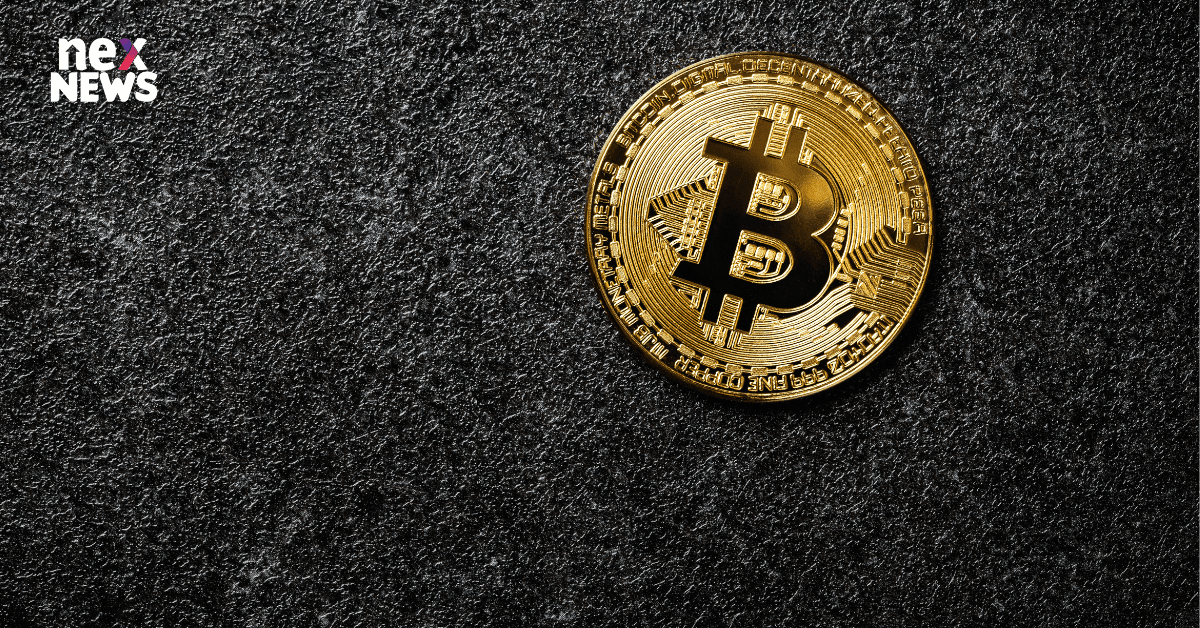If you've been intrigued by the world of digital art, collectibles, and blockchain technology, then you've likely come across the term "NFT" or Non-Fungible Token. NFTs have taken the art and digital industries by storm, offering creators and collectors new opportunities to buy, sell, and own digital assets. In this article, we'll guide you through the process of creating an NFT for free, exploring the steps, platforms, and considerations involved.
Introduction to NFTs
NFTs, or Non-Fungible Tokens, are unique digital assets that are stored on a blockchain. Unlike cryptocurrencies such as Bitcoin or Ethereum, NFTs cannot be exchanged on a one-to-one basis due to their distinct attributes. This uniqueness is what makes NFTs perfect for representing digital art, music, collectibles, and even virtual real estate.
Understanding the Creation Process
Choosing Your Content
The first step in creating an NFT is selecting the content you want to tokenize. This could be digital artwork, music, animations, or any other form of digital media that you've created.
Setting Up a Digital Wallet
To create and manage your NFTs, you'll need a digital wallet that supports the blockchain you're working with. Popular options include MetaMask and Trust Wallet. Make sure to secure your wallet with a strong password and keep your recovery phrases safe.
Selecting an NFT Marketplace
There are several NFT marketplaces available, each with its own community and features. Some well-known options are OpenSea, Rarible, and Mintable. Choose a marketplace that aligns with your content and goals.
Minting Your NFT
Minting an NFT involves uploading your content to the chosen marketplace, adding metadata such as title, description, and attributes, and then confirming the creation on the blockchain. This process will require a small amount of cryptocurrency to cover transaction fees.
Crafting a Compelling NFT Listing
Title and Description
When creating your NFT listing, craft a captivating title and description. These should provide potential buyers with insights into your work's inspiration, concept, and uniqueness.
Adding Metadata
Metadata includes details like the creation date, artist's name, and any additional attributes related to your content. This information adds value and context to your NFT.
Uploading Art and Media Files
Upload high-quality images or media files that showcase your work. Ensure that your files meet the marketplace's specifications for formats and sizes.
Promoting Your NFT
Utilizing Social Media
Spread the word about your NFT on social media platforms. Share behind-the-scenes insights, work-in-progress images, and engage with your audience to build excitement.
Engaging with Niche Communities
Participate in online communities and forums related to your content. Engage in discussions, share your NFT journey, and gather feedback from like-minded individuals.
The Future of NFTs
As NFT technology continues to evolve, we can anticipate more use cases beyond digital art and collectibles. NFTs could revolutionize ownership of virtual items in gaming, real estate, and even identity verification.
Conclusion
Creating an NFT allows you to showcase your digital creations to a global audience and potentially earn income. By understanding the creation process, optimizing your listings, and effectively promoting your NFTs, you can make the most of this exciting trend.

POST A COMMENT (0)
All Comments (0)
Replies (0)